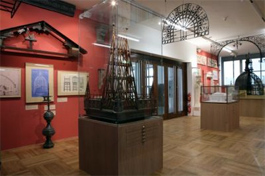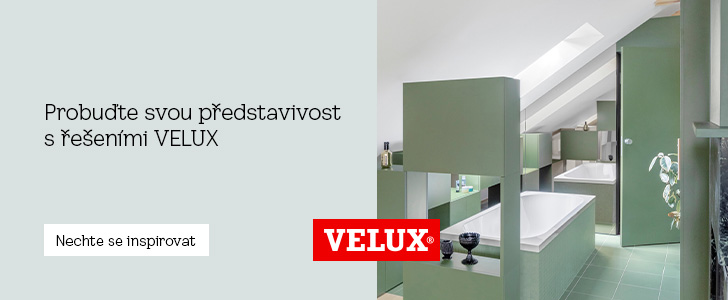
The technical museum will open the last package of frozen archival materials
 |
It has been exactly nine years since the major flood that inundated central Prague with water from the Vltava River. Visitors to the exhibition will learn what has happened to the submerged and subsequently frozen collections since then - the wealth of the architectural archive, industrial heritage, and other valuable documents that were located at the Invalidovna at that time.
The tragic expectations have not been fulfilled. After nine years, the archival materials have been rescued with minimal losses, thanks to the museum's unique drying facility. It also assisted other similarly affected institutions. For example, six years ago, it was about the State Institute for Drug Control, whose documents were damaged by water from a broken water pipe, flooding around three cubic meters of documents.
The wet folders were treated at that time using the proven method of vacuum packaging, where the damp archives are layered with dry newspapers and non-woven fabric. The packages are then placed in bags, from which the packing machine sucks out the air and seals the bags. During this process, moisture transfers from the archives to the newspapers and fabric. The process is repeated several times until the documents are dry.
The museum thus leveraged its knowledge gained after the flood in 2002, when it was one of the most affected institutions. In the baroque building in Karlín, the water rose to more than three meters, damaging hundreds of thousands of documents - a total of two hundred cubic meters. These were then placed in freezers. After thawing, they were left to dry naturally for one day, and only afterward was a decision made whether the document would only be converted into a digital form or restored.
There are two ways to handle them, distinguished by size. Large-format materials are layered with filter papers. Books and small formats are dried using vacuum packages.
The restored items have not returned to the Invalidovna - NTM returned it to the army, from whom it had rented the building. In spring 2006, after repairs, it exhibited a plaster model of Prague's Rudolfinum from the 1880s, also damaged by dirty water. It was almost destroyed along with the archive containing the legacies of famous Czech architects from the 19th and 20th centuries. Restored plans of the National Theatre were displayed at the Kolowrat Theatre along with a demonstration of drying methods.
Two years earlier, NTM opened a new facility for drying frozen archives. At that time, it estimated the work would take six to eight years. The number of definitively destroyed archives was minimal, estimated at one percent at that time. Mainly photographs and poorly bound materials fell victim to destruction.
The National Technical Museum organized its first exhibition of dried documents and exhibits already in 2003, when only seven percent of the flooded archives had been dried. The exhibition was meant to signal to the public that the documents were not passively lying in freezers. Handmade paper dried the best, it was enough to wash it again in clean water and air dry it.
The English translation is powered by AI tool. Switch to Czech to view the original text source.











